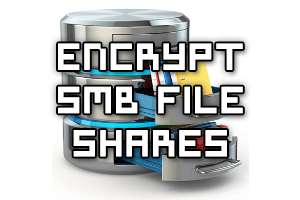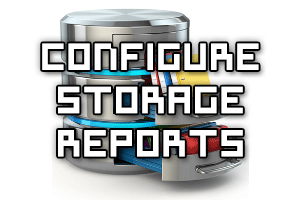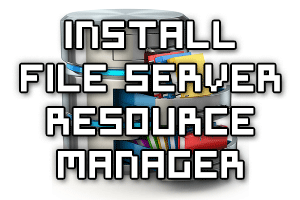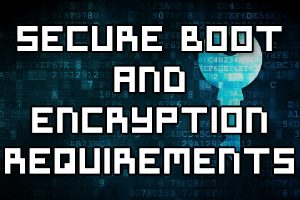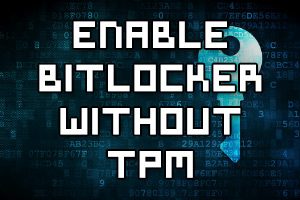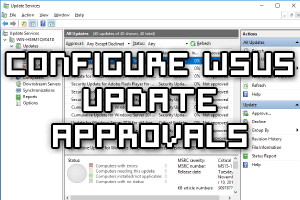
In Windows Server 2016, Windows Firewall is enabled by default. This allows all outgoing traffic to any destination or port, but limits incoming traffic based on specific rules. We’ll cover how to configure Windows Firewall with Advanced Security by demonstrating how to open it through both the GUI and PowerShell, followed by a demonstration of how to create a custom firewall rule.
